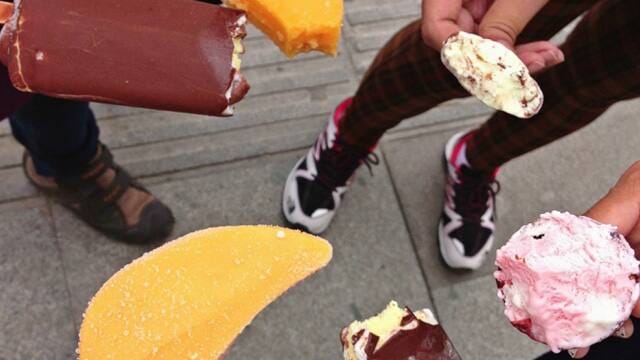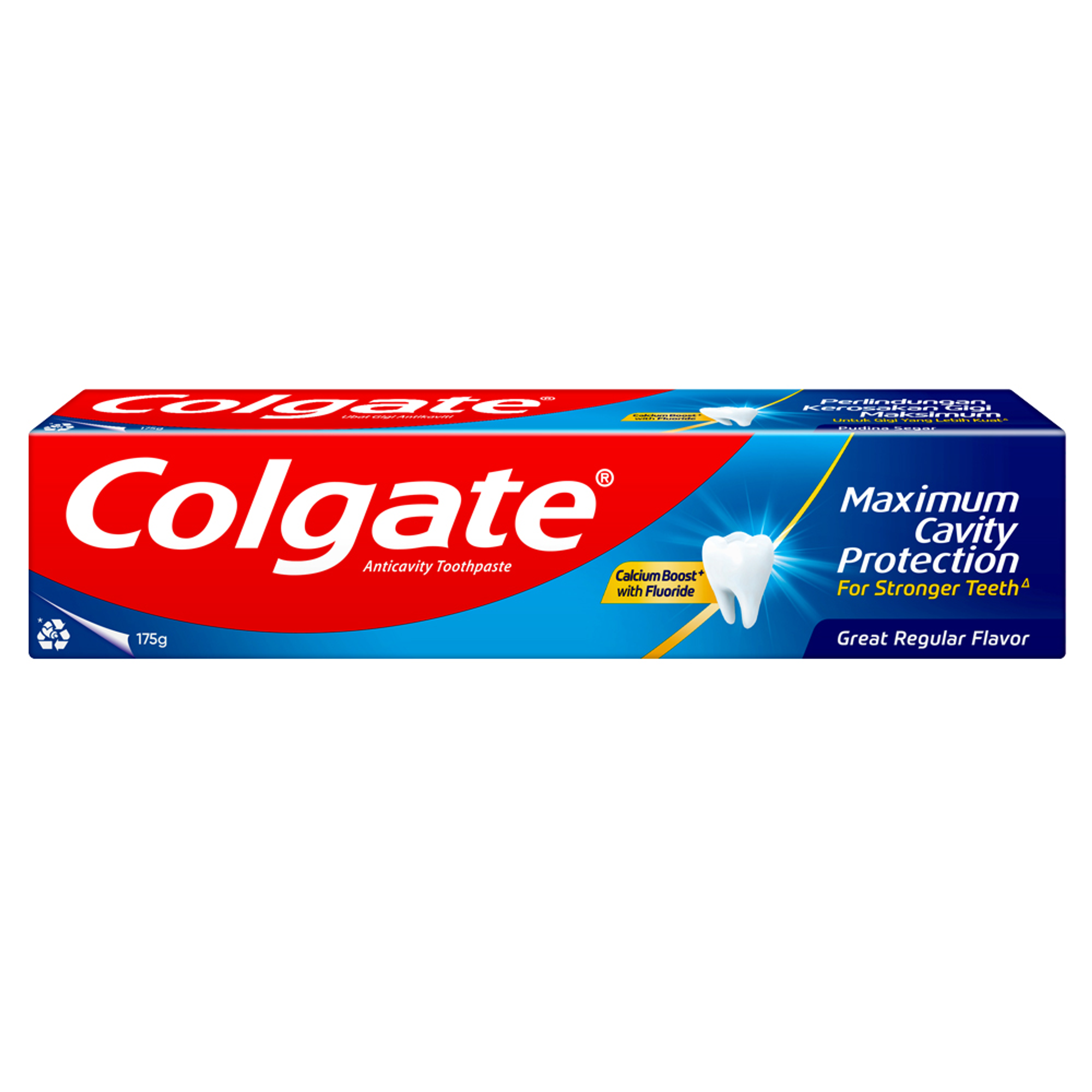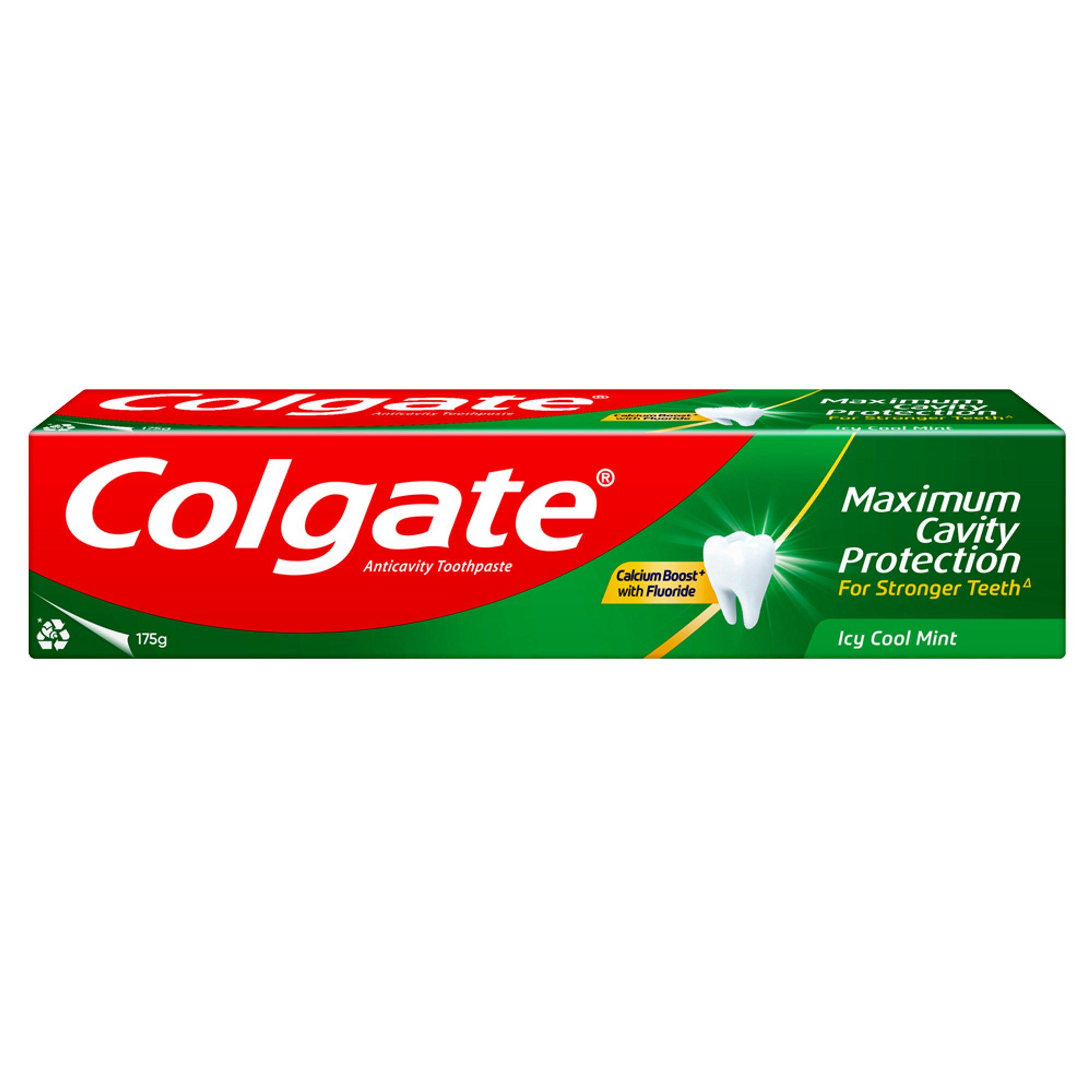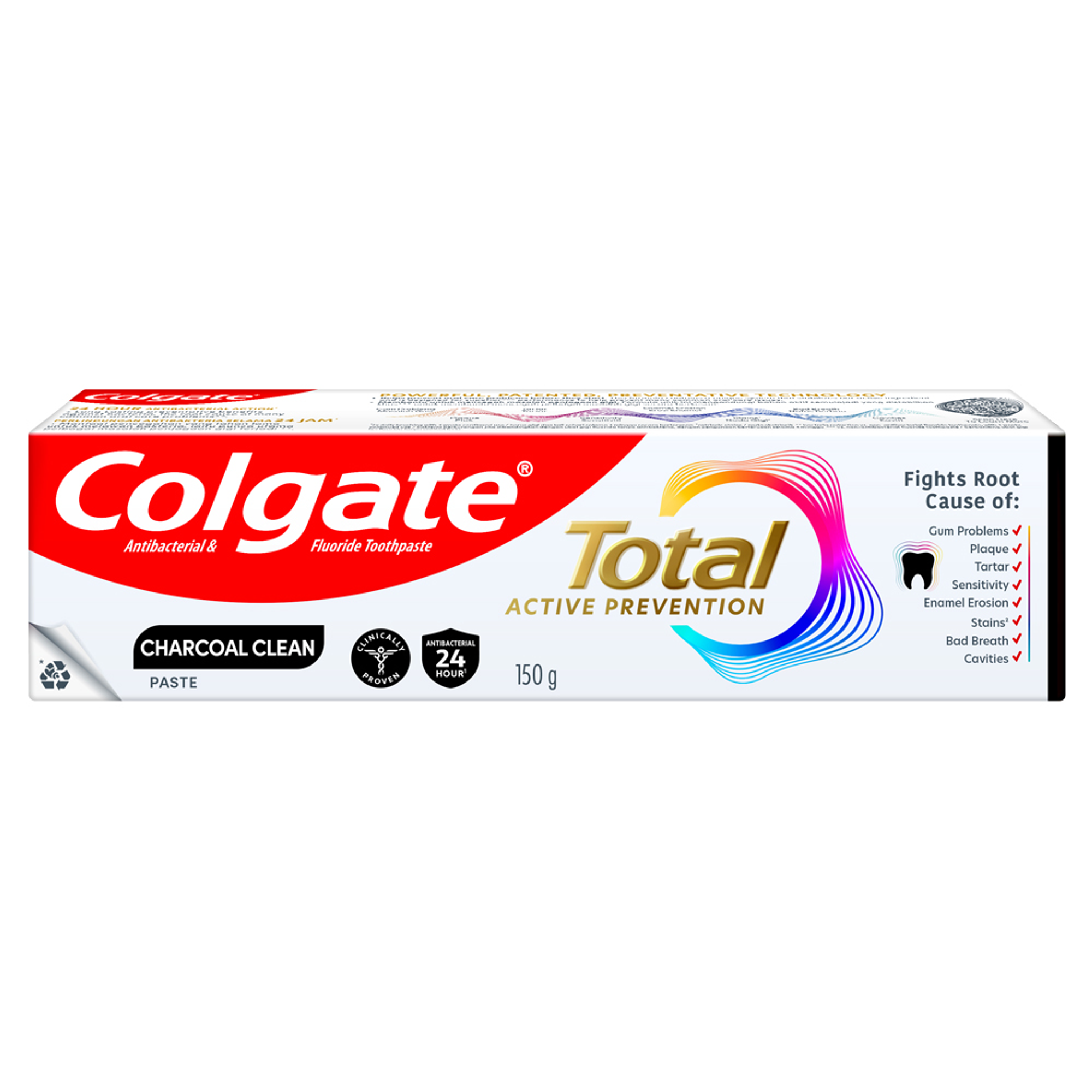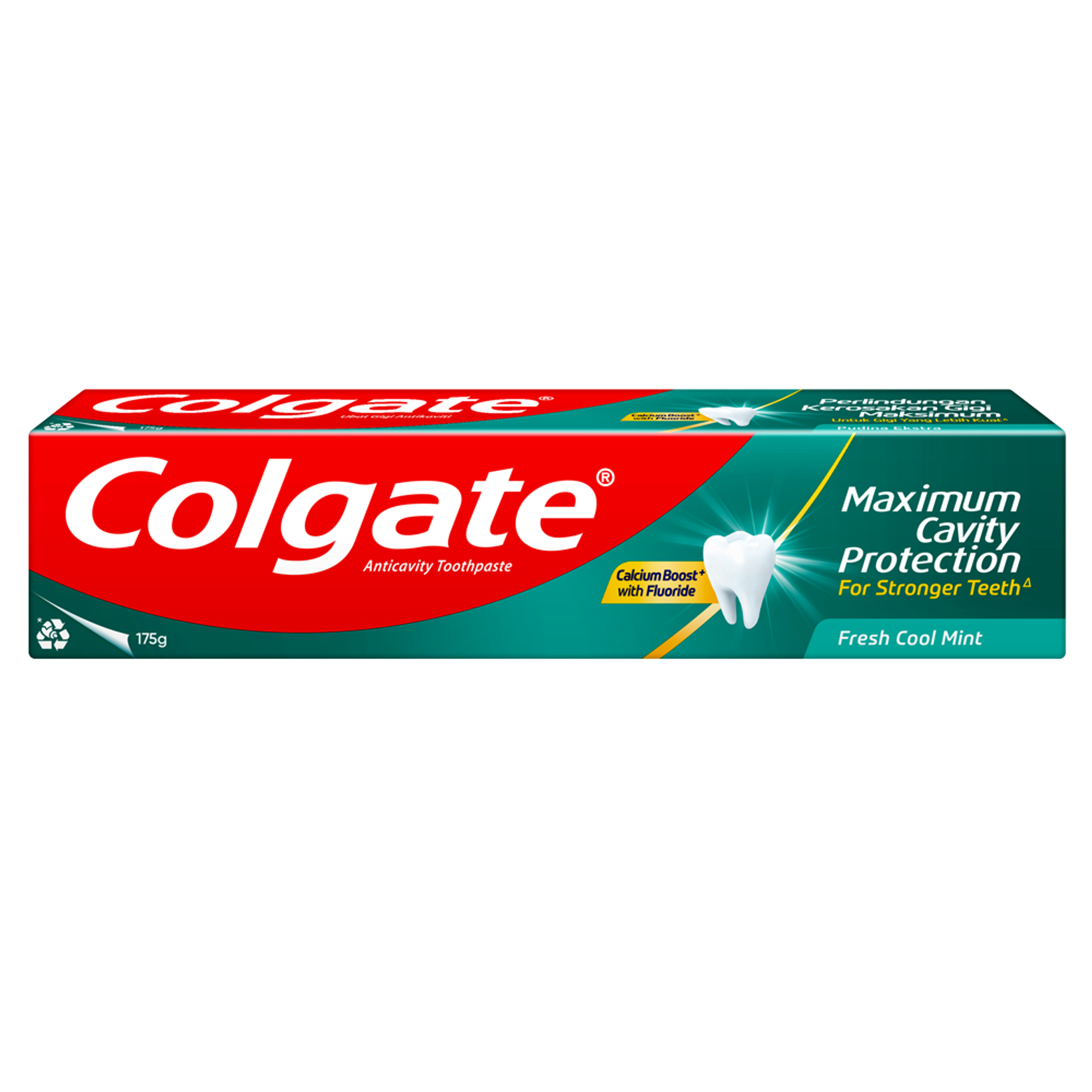But before those strips go on your child's or teen's teeth, learn about:
- American Academy of Pediatric Dentistry recommendations
- Your role in using strips to whiten your kid's or teen's teeth
- The risks and side effects for kids and teens
- The alternatives to teeth-whitening strips
What Should I Know About Whitening-Strip Procedures and Active Ingredients?
The American Academy of Pediatric Dentistry (AAPD) advises:
- On your next visit to your kid's or teen's dentist, you and your children should discuss teeth whitening options to determine what's appropriate for your children.
- Then, after learning how to whiten your kid's or teen's teeth, you should supervise the bleaching process at home.
Know that when you put whitening strips on teeth, you're bleaching teeth stains just as you would apply bleach to a stained garment when washing it. Many non-chlorinated bleaches list hydrogen peroxide as a whitening agent.
Commercial whitening strips might contain between a three and 13 percent hydrogen peroxide concentration. Or some whitening products list carbamide peroxide or only peroxide as their active ingredients. And though it's an effective bleaching agent (and germ killer) that's typically safe for adults in low concentrations, peroxide in any formulation is still a chemical. That's why there's usually a warning on whitening strips noting that no one under age 12 should use the product.
If you want to avoid products containing peroxide, some whitening strips now on the market contain only natural ingredients.
Whatever you use, whitening strips used under a dentist's supervision will lower the risks associated with the strips.
What Are the Risks of Whitening Strips for Kids and Teens?
Manufacturers of whitening strips assume that adults can be trusted to read instructions, understand risk, and use white strips for teeth carefully and properly. So, it's up to you to check the strips' package for potential risks and side effects.
Even the AADP notes that teeth whitening for kids and teens is safe and doesn't cause irreversible damage when correctly used. But "correctly" is the keyword, and without adult supervision, these "user errors" might occur:
- Leaving the strips on for much longer than instructed can lead to significant tooth sensitivity and oral tissue irritation.
- Positioning the strips into the gums can lead to gum irritation and even gingival (gum) damage.
- Accidentally swallowing the strips – after all, kids will be kids.
More serious risks can include tooth erosion, pulp damage, and mineral degradation, according to AADP. So, be sure to follow the manufacturer's guidelines and your family dental professional's recommendations. For instance, your dentist might advise the strips remain on for a shorter period of time than the manufacturer advises for adults.
What Are Alternatives to Teeth-Whitening Strips?
While parents might opt for over-the-counter whitening strips for their convenience and relatively low cost, the AAPD advises families to consider tooth-whitening procedures in the dental office. This can ensure quick results while protecting your child's or teen's teeth, gums, and oral tissues.
And to maintain a beautiful, unstained smile – or better yet, prevent tooth stains – good oral hygiene and lifestyle choices are essential. Help or advise your dependents to:
- Brush their teeth twice daily at the very least but even after every meal – especially after eating foods that can stain teeth – perhaps with fluorinated, whitening toothpaste.
- Avoid drinks that can stain teeth, such as soda for kids and coffee for teens.
We know that while kids are at home, you want to instill in them a healthy sense of self-esteem. And, sometimes, a white smile is necessary for building self-esteem. But it's important to let your children know that if they want whiter teeth, you'll need to play a part if they use teeth whitening strips. And you need to know the proper ways and risks of using whitener strips to ensure your kids' mouths remain healthy.







